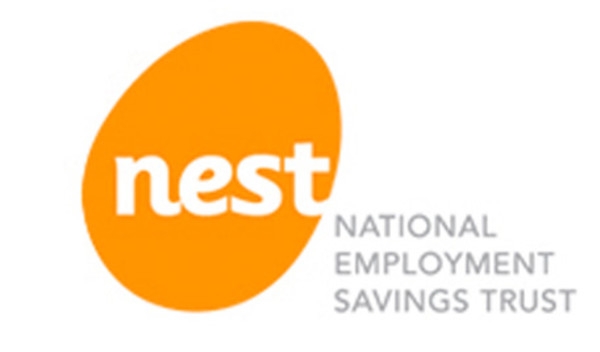

The rules for National Employment Savings Trust (Nest) members to consolidate their retirement pots into the pension scheme have been made easier.
The Department for Work and Pensions (DWP) published a consultation response to amend some of the rules of the workplace pension provider – the largest in the market with 6m members.
It seeks to provide clarity to employers and members who use Nest.
The new guidelines state individuals may join the scheme in the event of a bulk transfer with consent, and will require that any pension money they bring as a result of the bulk transfer must go into their Nest account.
According to the document, this is a clarification needed to the provider’s rules, since transfer restrictions were removed from the scheme since last April.
Since members of the workplace scheme have been able to transfer money into it from other pensions without having to pay the previous 1.8 per cent contribution charge, after the government confirmed it was lifting a four-year ban on transfers in.
Mike Lacey, partner at Berkshire-based financial adviser firm Bowman Pension Consulting, said the bulk transfer clarification is welcome, as long as Nest can deal with its inheritance tax problem.
The IHT issue arise because the pension scheme is currently the only one where trustees do not have full discretion when deciding who should receive a lump sum death benefit from a member’s pension arrangement.
Tax rules mean that when trustees don’t have this discretion, the value of the lump sum will be counted as part of the deceased’s estate for IHT purposes on their death.
Any Nest member who is not under trustee discretion will lose 40 per cent of their pension pot if their estate is above the IHT nil rate band of £325,000.
Nest is currently discussing a solution to this problem, which was the target of a consultation that closed on 29 December.
Another change made by the government is that employers can now contractually enrol their workers into Nest.
As an alternative to auto-enrolment, to meet their legal duties, some employers contractually enrol their workers into a pension scheme under the terms of their employment contract, or otherwise with the worker’s consent and in accordance with the rules of the particular scheme.
Until now, the provider’s rules only allowed the scheme to accept workers who have been contractually enrolled or have joined by another form of consent before their employers’ staging date, but not afterwards.
As the final staging date – the deadline for the last companies to join auto-enrolment – approaches, in February 2018, most existing employers cannot use contractual enrolment to enrol new workers into Nest unless the rules were changed.
The government said: “Contractual enrolment is simply a different mechanism of joining the scheme.
"Offering it is in line with what employers expect from a basic pension scheme and this facility is already offered by other providers.”
Commenting on this change, Mr Lacey said: “I do struggle slightly to see many advantages in allowing employers to use contractual enrolment to join Nest – I view this route as unnecessarily bureaucratic and much prefer a genuinely automatic enrolment.”
From now on, the provider will have to carry out research with scheme members and participating employers or their representatives, in connection with the operation, development or amendment of the pension scheme.
The introduction of this requirement is due to changes in data protection law, as a result of General Data Protection Regulation (GDPR), an EU directive which comes into force in May 2018.
Nest will also have the ability to close members’ pension accounts that have zero funds, if certain conditions are met.
According to the DWP, this is because the number of empty accounts is creating inefficiencies and long run costs for the Nest pension scheme.
Mr Lacey said: “It is of course completely appropriate that zero fund accounts are closed down – why carry additional and unnecessary data handling costs?
“This would be a very useful option for all auto-enrolment scheme providers in my opinion.”
maria.espadinha@ft.com



